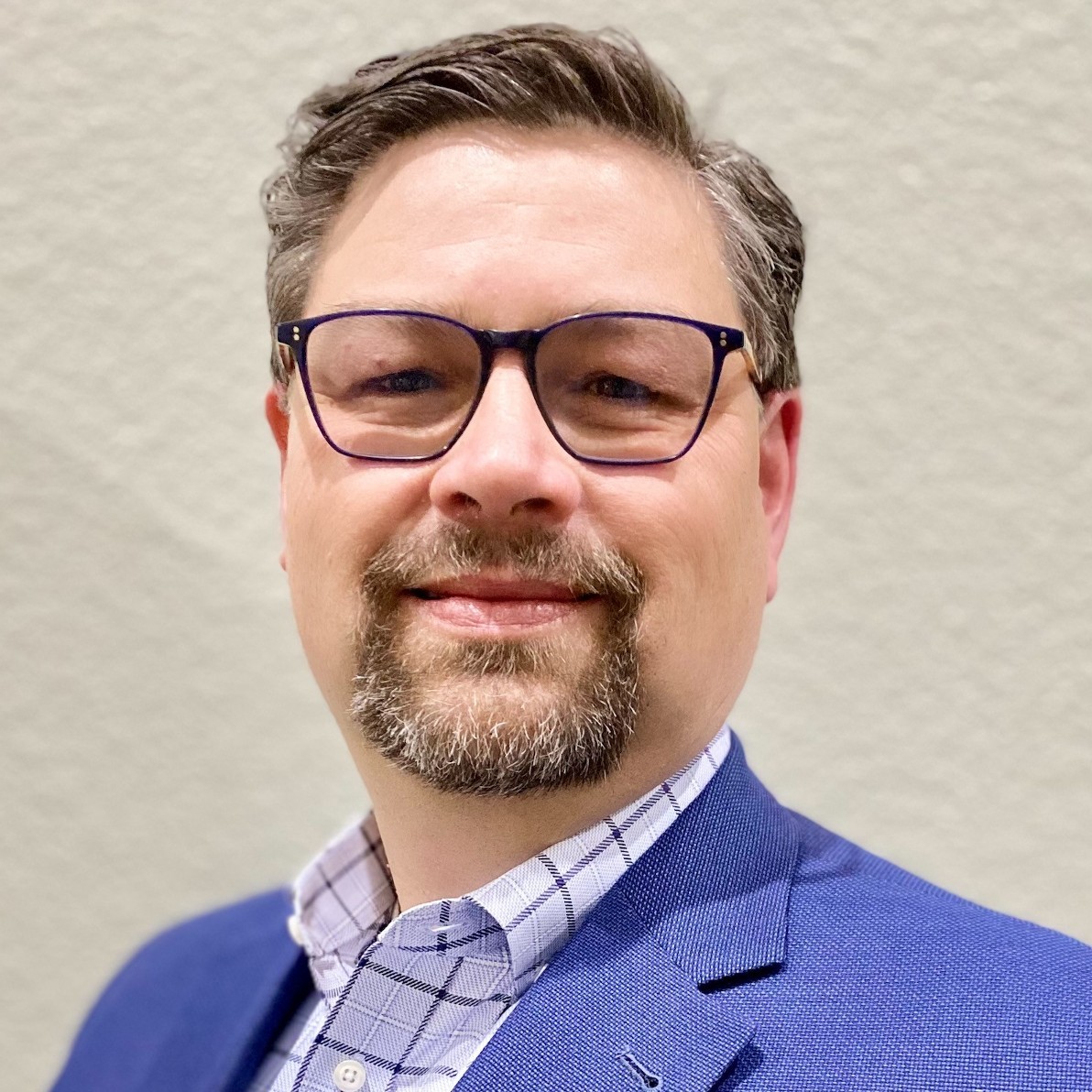

(3 minute read)
When it comes to telecom expertise and experience, you’d be hard pressed to find anyone who’s been around the industry as long as Lance Matthews.
His lofty resume includes senior leadership roles for Metaswitch, Ericsson, Nortel and other industry heavyweights. But it all started when he was just seven years old. His father – a telephone systems installer – tied cables onto his belt loop and let him scamper around Exxon headquarters to pull cables throughout the building, crawling around the attics and basement.
“I thought it was fun. I saved him many man hours, and then I became just free labor until I finally figured out I had to get out of the house,” Lance laughs.
He’s come a long way since first getting his hands and knees dirty. Fast forward a few decades, and now Lance heads telecommunications and CSP vertical sales across the Americas for Dell Technologies, where he focuses on helping telcos evolve their businesses for the future.
He recently shared his considerable knowledge and advice with the 5G OI Lab community , offering rare insights into Dell’s global enterprise initiatives powering many of the world’s top telcos, the opportunities for carriers, and the challenges well beyond connectivity. And if anyone’s up for the task of helping CSP’s transform their business models, it’s Lance.
“Building new revenues with the carriers isn’t going to be with faster Facebook on an iPhone,” he says. “While storage, server and client are still our core businesses, at the end of the day my favorite four-letter word is edge.”
Lance says many people misunderstand the power and possibilities of the edge. “It’s not a product, it’s a place. A place that most importantly requires innovative and impactful applications that provide tangible value and solutions to the enterprise. So 5G is just a means to an end. The end is you’ve got to create a business construct and business value that’s there,” he says.
One of the big obstacles for enterprises is overcoming their old way of thinking and doing business and understanding the long-term potential when they get past a narrow focus on simply selling connectivity.
“Some companies are doing really well with that. Some companies are just trying to run old plays,” he says. “When I'm sitting across the table from a carrier, if they're trying to figure out how to solve a problem for their customer while growing their business, there's a high likelihood we're going to figure out how to get some really good stuff done. On the other hand, if they're just living quarter by quarter and focusing on just making their immediate targets by selling more of the same, the conversations tend to be much more difficult.”
There are some use cases that are really simple to understand, like a mine in a far away and remote location, or an offshore oil rig. Latency, data gravity, security, it’s all pretty clear. But what really excites him are the endless possibilities across all industries.
“We are seeing retail and manufacturing really starting to accelerate,” he says. “I have seen a remarkable example from a well-known big box retailer in the US. While the average enterprise has 2.2 data centers, this company is suddenly pushing out edge nodes to all 1800 locations”.
An ever-growing opportunity for carriers is private networks. Wi-Fi and public spectrum simply can’t deliver the must-haves for many new deployments.
Lance envisions deploying private networks in widely diverse businesses like amusement parks, which he says are really a bunch of small factories and retail outlets that have to operate independently and integrated at the same time.
Take roller coasters, for example. The rides simply move too fast for Wi-Fi, and latency could jeopardize human safety.
“It’s literally like robots in a factory,” he says. “You can’t have a ride that’s moving on Wi-Fi. You’ve got cameras at all different angles monitoring where everything is supposed to be, and then you have an autonomous vehicle that’s going 60 miles per hour. It’s mission critical since it involves human lives. You’re going to need a private network overlay to solve that.”
And Lance says for the most creative enterprises, that network can then open up myriad other opportunities, like AR shopping experiences in their retail outlets.
Hospitals are another business use case showcasing the possibilities for future solutions well beyond simply providing faster streaming for bored patents and their families. “80% of the traffic in health care settings is Tik Tok right now,” Lance laughs. “Carriers’ ability to monetize these mobile networks are limited by that. So just offload those, get DAS or private mobility inside, and then you unlock all of these new kinds of healthcare applications we can do,” he says.
Ultimately, the possibilities are endless. And no one entity will be able do everything themselves.
“We see so many great opportunities for enterprises and carriers to invest together to solve business needs new revenue models. It’s not going to be an overnight thing, but if you can collaboratively solve problems and align technology and platforms, that’s what will make the markets,” Lance advises.

Lance Matthews leads the Telecommunications Vertical in the Americas for Dell Technologies. He is responsible for all Dell Technologies sales into this vertical as well as joint Go-To-Market motions for enterprise opportunities. The team across the Americas charter includes IT Transformation, Workforce Modernization as well as Network Transformation, which includes the portfolio developed as part of the new Telecom Systems Business.
Posted June 01, 2022